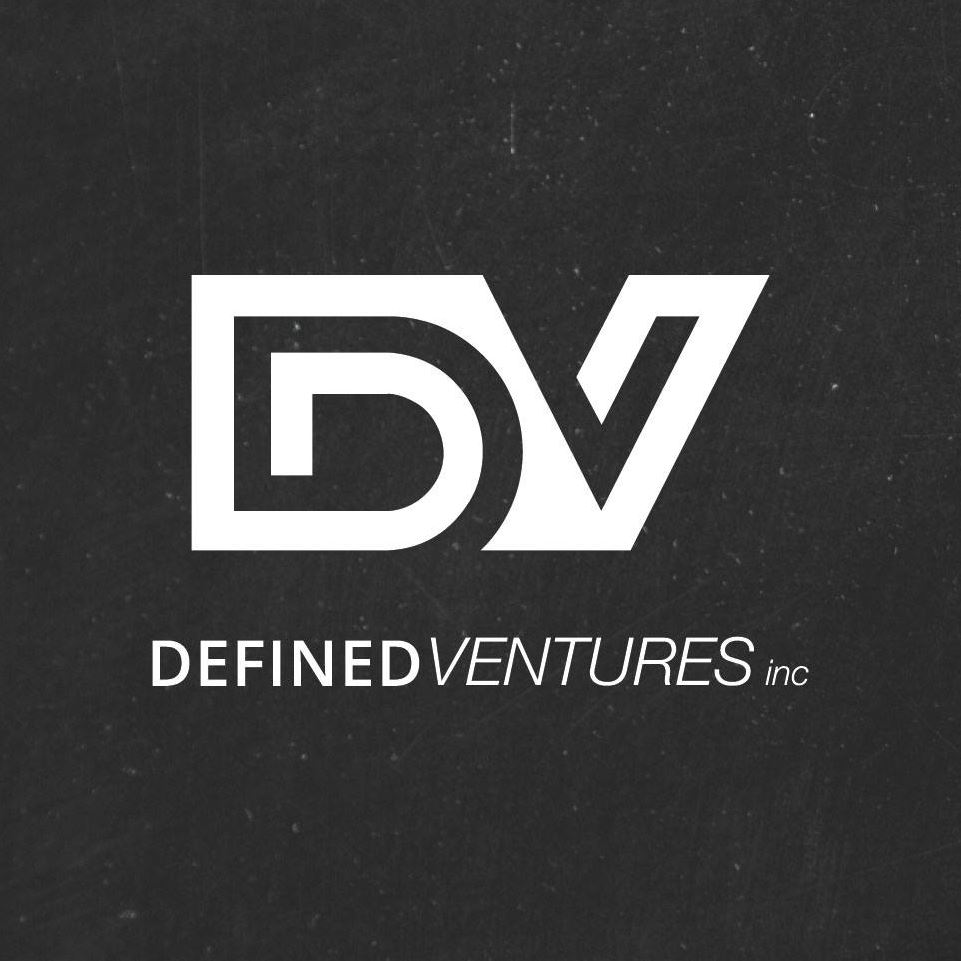“Disruption takes a left turn by literally uprooting and changing how we think, behave, do business, learn and go about our day-to-day.” This quote, pulled from a Forbes article written by Carolyn Howard, sums up the heart and soul of disruption, one of the most quickly-growing development strategies to date.
We see it all the time – Uber, Google, Netflix, and even Apple have all managed to use some measure of disruption in their growth process, spurring them on to great heights. It’s frightening for businesses who are struggling to stay alive in already tremulous conditions, but it certainly doesn’t have to be the end.
Disruption Is a Risky Business
Disruption is a risky game. It’s a bit like playing poker and roulette at the same time (blindfolded). When it hits, you’re likely to score big time, but when it fails, it takes just one mishap to topple the cards. Perhaps even more frightening is the fact that even if you aren’t using disruption, you’re still at risk – a competitor who manages to disrupt is highly likely to steal away your business.
But this article isn’t about disruption and its risks; instead, it’s about how you can overcome and prevent devastation or harm from disruption as a whole. And as it turns out, the answer to that looming question just might be as simple as organization redesign.
Bridging the Management Gap
It seems oversimplified, doesn’t it? Facing too much disruption? Just reorganize your business. Surely there has to be more to it than that?
Well, no – not really.
The truth is that organizational issues (be they structural, cultural, influential, or even managerial) are very often the primary cause for business failure in today’s competitive market. A business who has even minor organizational issues is much more likely to fail in the presence of market disruption, rather than adapting and expanding to meet the challenge.
Which brings us to the answer: organization redesign can help you survive because it inherently improves your business from the top down. A stronger organization makes you more impervious to disruptive changes, so it’s a critical facet of any long-term plan. Of course, that doesn’t mean it’s easy – which is why we’re here today.
Who Are You As a Company?
The first step in any organizational redesign is always figuring out exactly who you are in the first place, including your company’s short and long-term goals, values, and priorities. It also includes not only how you see your company, but how the people who work for you see your company – do they feel the same? Can they honestly say the business adheres to stated goals and values, or is there a disconnect somewhere along the way?
Ask your employees how they feel about the business – anonymously, if possible, you’ll get more honest results – and really be willing to review their answers with an open mind.
Remember, your business is only 50 percent of the equation. How your clients and customers perceive your business’s values and goals is often even more critical for avoiding disruption. Companies with negative reputations or interactions are far more likely to lose people during a disruption event than those with solid customer relations. Encourage your clients to share their viewpoint as often and as much as they can, then use that information to identify organizational problems and failures.
The Numbers Game (Metrics, KPIs, ROI)
Critical evaluation of the numbers is also an important part of defining who your company is (and to that point, who you want to be in the future). Think about metrics for business points like:
- Customer lifecycle.
- Retention rates.
- Overall satisfaction.
- Sales per quarter or annum.
- Growth per quarter or annum.
- Market share growth, if any.
- New customer procurement.
- Overall operating costs.
- Overall interaction quality.
If you think this step seems more about critical evaluation of your business as a whole, you’re correct. If your business is already suffering from hidden issues you’re refusing to address, you’ll be the first to sink due to disruption.
Structural Integrity Evaluation
What many businesses are often shocked by is the fact that structural issues in areas like these can often have a bleed-over effect on the entire business. It takes just a single department with structural flaws to seriously interfere with workflows or even create disharmony among your business. And, as many experts have found, it isn’t always clear-cut or obvious – even mild to moderate cultural issues (the dreaded “office politics”) can lead to a lack of structural integrity.
From a hierarchical standpoint, what does your company look like? Are you top-heavy, balanced, or decentralized? If you’re not entirely sure, make a full list of your company’s entire existing structure – both in-house and out. Then, identify exactly how, when, where, and why each sector or facet interacts with and relies on the others.
You can’t identify structural workflow issues without also knowing every individual’s responsibilities, too, so be sure to really dig deep and create a multilayered report. Your goal is to be able to identify how, when, and why everyone works together, and which of the ways they work together is/isn’t working.
Business Processes & Workflows
The other side of the coin is business-created processes that simply don’t work. Having too many people assigned to one task or team, for example, creates a “too many cooks in the kitchen” situation. Likewise, not having enough people assigned to a project can grind efficiency and productivity to a halt, not to mention stifling innovation and decreasing your ability to stay competitive.
Also, address issues with managerial style, ethics, and accountability. Is everyone equally held accountable, or is the balance of power skewed? A manager who abuses his or her power, for example, or a team member in a department who blames others for their own faults will quickly create a negative tumble-down effect on the entire department. That, in turn, can cause workflow blocks and bad blood that decimates efficiency. These are issues that must be controlled by the business, via policies and procedural guidelines. Thus, the key to a productivity-boosting workplace is finding an efficient-but-happy balance.
Being proactive about fixing issues as they arise (even if uncomfortable) and holding a solid ethics policy from day one is the best way to alleviate organizational behavior issues. That, and a willingness to continue evolving and changing to suit the needs of your market, is the best way to stay alive when disruption occurs. You can always switch it up and become the disruptor yourself, too!
President and founder of DVI, Aaron Boerger realized early in life that he had a unique combination of x-ray vision and business acumen for seeing the weaknesses that held businesses back – and the ability to define the right tools, technology and strategy to make them stronger.
From founding a successful technology support business in his early teens, to serving as Chief Operating Officer for several companies in the financial, technology and marketing industries, Aaron has developed a reputation for reinventing technology implementation tactics – and the willingness to tell people not what they want to hear, but what they need to hear, in order to achieve success without overwhelm.
Aaron will always go the extra mile to provide the accountability and support his clients need to achieve their goals, yet isn’t afraid to tell them when they are doing something wrong.

